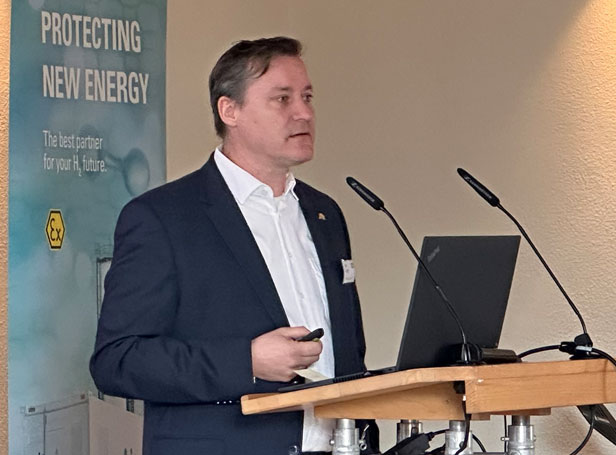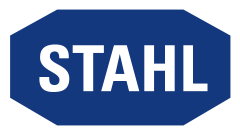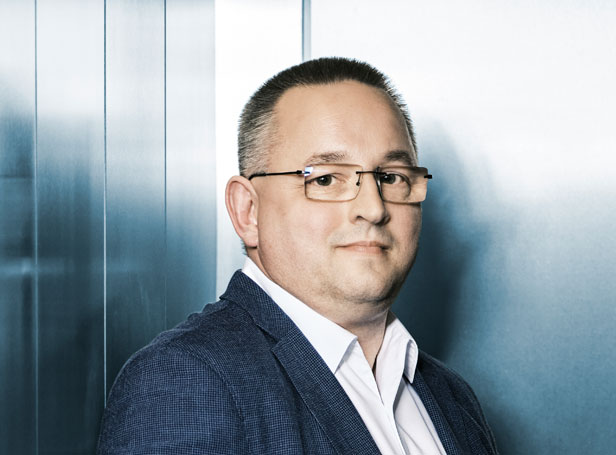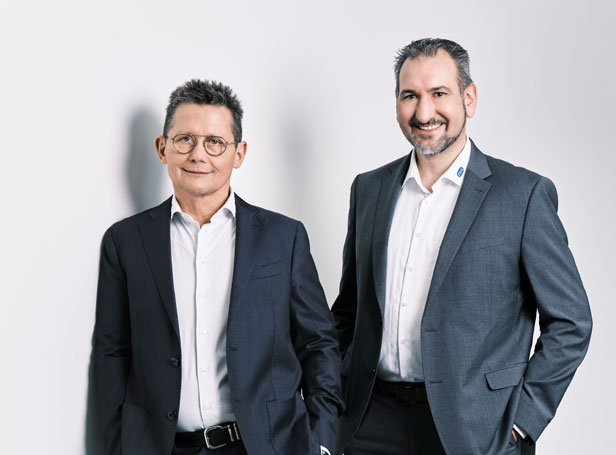In order to secure R. STAHL’s long-term global growth, efficient processes, optimized use of space and targeted personnel deployment are also essential in the production area. Based on the new production strategy, which distinguishes between component and assembly production, among other things, the locations will be strengthened and the basis for further growth created.
The conventional workshop production of standardized components has been phased out at R. STAHL and is increasingly being replaced by line production. Instead of a large number of individual workstations, where one person performs all the work steps and must be appropriately qualified, the work steps for an order are allocated to several specialized stations. All workstations are structured in the same way throughout the Group – materials and tools are all located in the same places. This reorganization enables skilled workers to focus on their core areas of expertise, thereby maximizing productivity without compromising on quality.
Optimized production logistics for greater efficiency
In addition to the new production system, optimized production logistics will also contribute to greater efficiency in the future. Instead of storing all materials directly in the production area, they are put together by the production logistics department and delivered to the relevant station. The elimination of waiting times increases efficiency, reduces space requirements and accelerates the post-processing of orders.
Serial component manufacturing will be carried out in line production in the future, while R. STAHL will combine assembly manufacturing with a high level of engineering in certain plants. Until recently, our locations have had different manufacturing focuses. We are now clustering into “component plants” for efficient serial production and “assembly plants” for customer-oriented manufacturing. This is how we ensure our product quality and innovative strength.
Significant increase in productivity
“These restructuring efforts represent a decisive step towards even more professional production and form the basis for further growth”, says Thomas Hinz, Head of Industrial Engineering & Operational Excellence. Initial results show how well the production system has proven itself after just a short time: “With our optimized production, we are setting new standards in terms of efficiency and precision. With the same workforce, we are achieving a significantly higher output and require considerably less space”, says Thomas Hinz. “Our productivity growth is enormous – and we have not yet reached our full potential.”
Fit for the future
As part of the production strategy, R. STAHL was also able to press ahead with the implementation of a Manufacturing Execution System (MES), which acts as an interface between SAP and the machine level. This allows work instructions, drawings and cycle times to be provided digitally which means that processes can be further optimized. At the same time, the realignment of procurement is also making a significant contribution to increased efficiency. We have been able to realize significant cost advantages by purchasing larger volumes of
components in India, for example. At the same time, we have adjusted our “make or buy” analysis and are increasingly focusing on insourcing, which has enabled us to improve our value creation and reduce costs.

Advantages of the R. STAHL production system
These articles might also interest you







![[Translate to Englisch:] [Translate to Englisch:]](/fileadmin/user_upload/mitarbeiter/01_DE/07_Blog/00_Allgemein/blog-explosionsschutz-rstahl-startseite-279x205.jpg)
![[Translate to Englisch:] [Translate to Englisch:]](/fileadmin/user_upload/mitarbeiter/01_DE/07_Blog/00_Allgemein/blog-explosionsschutz-rstahl-ueber-den-blog-279x205.jpg)
![[Translate to Englisch:] [Translate to Englisch:]](/fileadmin/user_upload/mitarbeiter/01_DE/07_Blog/00_Allgemein/blog-explosionsschutz-rstahl-autoren-279x205.jpg)
![[Translate to Englisch:] [Translate to Englisch:]](/fileadmin/user_upload/mitarbeiter/01_DE/07_Blog/00_Allgemein/blog-explosionsschutz-rstahl-newsletter-expert-mail-279x205.jpg)
Write new comment